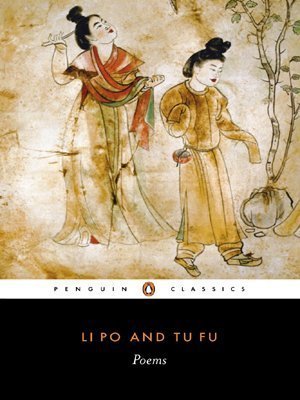What do you think?
Rate this book


Unknown Binding
First published January 1, 770
NIGHT THOUGHTS AFLOAT
By bent grasses
in a gentle wind
Under straight mast
I'm alone tonight,
And the stars hang
above the broad plain
But moon's afloat
in this Great River:
Oh, where's my name
among the poets?
Official rank?
'retired for ill-health.'
Drifting, drifting,
what am I more than
A single gull
between sky and earth?
---Du Fu
QUIET NIGHT THOUGHTS
Before my bed
there is bright moonlight
So that it seems
like frost on the ground:
Lifting my head
I watch the bright moon,
Lowering my head
I dream that I'm home.
---Li Bai
ABANDON
With wine I sit
absent to Night, till
(Fallen petals
in folds of my gown)
I stagger up
to stalk the brook's moon:
The birds are gone
and people are few!
---Li Bai
FROM A HEIGHT
The winds cut, clouds are high,
apes wail their sorrows,
The ait is fresh, sand white,
birds fly in circles;
On all sides fallen leaves
go rustling, rustling,
While ceaseless river waves
come rippling, rippling:
Autumn's each faded mile
seems like my journey
To mount, alone and ill,
to this balcony;
Life's failures and regrets
frosting my temples,
And wretched that I've had
to give up drinking.